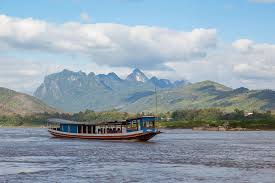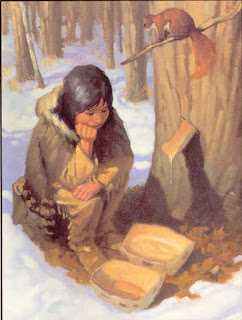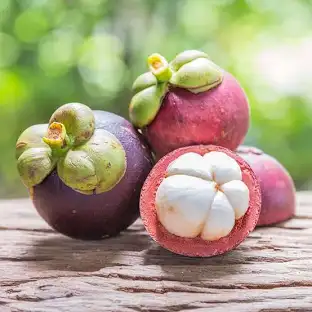Thailand - The Golden Triangle
- curvesandcracks

- Jan 19
- 3 min read
Today I am heading to the Golden Triangle. This place located at the confluence of Myanmar, Thailand and Laos, has played a very special role over the centuries.
The Golden Triangle refers to the region where opium was intensively cultivated. Yellow gold was used as currency for black gold (opium). Given the huge amount of gold that passed through the region, it was proclaimed "The Golden Triangle".
The opium poppy grows well at altitudes above 3000 meters above sea level. This explains why production ended up in this mountainous region.

credit: 24high.fr
The Mekong
Two rivers serve as a border for these three countries, the Ruak and the Mekong.
The Mekong... a name that makes you dream and which means Mother of all rivers. It rises on the heights of the Himalayas, serves as a border for Laos, Burma, Thailand and crosses China, Cambodia and Vietnam.
It ends its course by becoming a very fertile delta (a network of rivers, streams, basins, etc.). This delta alone provides half of Vietnam's rice production.
More than 60 million people depend on the river. Unfortunately, it is polluted because the American army dumped nearly 80 million liters of herbicides on the Vietnamese and Laotian jungle during the Vietnam War.
credits: Shannon 1, Vietnam Évasion, Earth Trekkers
A giant fish
The Mekong is home to the largest freshwater fish in the world, the Mekong giant catfish (Pangasianodon gigas). It can grow up to 2.5 meters and weigh up to 300 kilos. It is herbivorous and can live up to 60 years. Well, even though it is herbivorous, I assure you that I do not want to find myself swimming in the muddy waters with it.

Opium
Everything you always wanted to know but were afraid to ask.

Credit: Hergé, Le Lotus bleu
The poppy is also called the lotus flower.
Opium is the latex that is exuded by the poppy capsule after incisions have been made. It is "a type" of maple syrup.
Just like maple syrup, the number of cuts is dictated by the circumference and the opium that is collected, just like maple water, must be processed at length before obtaining a consumable product.
Many writers, thinkers and artists have sought the creative effects of opium, such as
Robert Louis Stevenson: The Strange Case of Dr. Jekyll and Mr. Hyde.
Charles Baudelaire: The Flowers of Evil
Vladimir Nabokov: Lolita
Arthur Rimbaud: The Sleeper in the Valley
Jules Verne: 20,000 Leagues Under the Sea
and my favorite detective, Sherlock Holmes, took it when no interesting cases were brought to his attention.
It should be noted that opium, a source of creation, was also a source of their downfall in most cases.
Opium is native to the Mediterranean
In the 18th century, the importation of opium by France, Spain, Portugal but especially by the United Kingdom, was a huge source of profit.
In the 20th century, France used farmers from the Hmong minority to produce opium for China and finance French special forces during the Indochina War. At the end of the war, the United States pushed some of the Hmong to rebel against the new government and to produce opium in exchange for weapons.
In the 21st century, 92% of the world's opium production comes from Afghanistan.
Opium derivatives are very useful but can also be very dangerous. There is morphine, codeine, thebaine, laudanum, heroin and chandoo. Let's add that now we also create synthetic opiates such as Fentanyl.
I was lucky enough to visit a museum where several very beautiful opium pipes were exhibited.
Pineapple Jewels
In Quebec, we are only allowed fruits that transport well and keep for a very long time. When we are lucky enough to be able to travel, we suddenly realize that there are many other varieties of fruits than those we know.
In Sop Ruak, the Thai side of the Golden Triangle, I discover jewels. These tiny pineapples are juicy, sweet, tender, "PERFECT".
Unknown fruits
Since my arrival, I have also discovered fruits that were unknown to me until now. Persimmons, longans and, the best mangoes in the world, Nam Dok Mai that my hostess introduced me to during my stay in Pai.
Elle avait de touts petits petons 🎶
Tonight, I'm going to sleep in Tha Ton, very close to the Burmese border in a very special place.
This holiday resort was born from the love between a Thai entrepreneur and a French architect. Over the years, they have developed, with a lot of elbow grease, a little paradise.
The death of the lover, followed, a year later, by the complete shutdown of the economy due to health regulations, almost destroyed the dream. But the strength of character of the owner and the help of her family and friends allowed her to get through the trials and the dream continues.

And, I like to imagine that the architect, up there, is still dreaming of his love.







































Comments